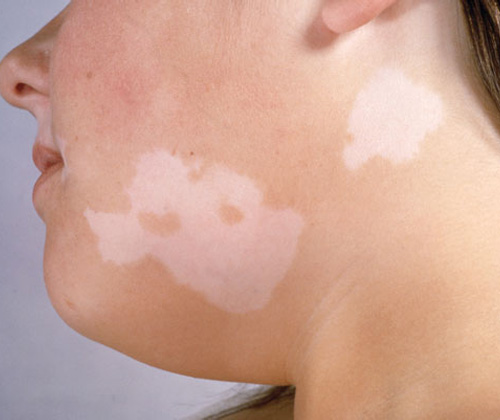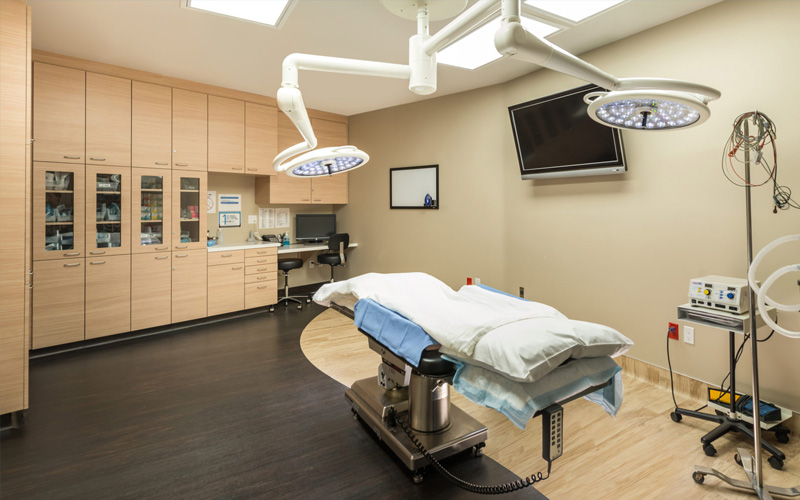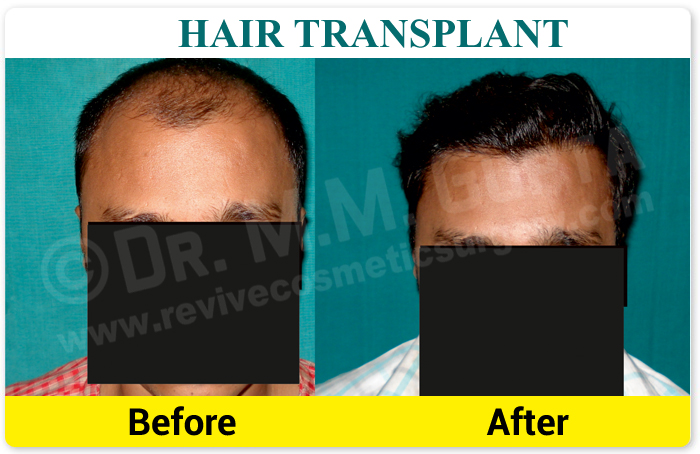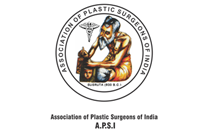- Pioneer of Hair Transplant with world's latest & Best Technique FUT, in up
- Excellent Quality Hair Transplantation by highly Skilled & Experienced Plastic Surgeon
- Pioneer of Hair Transplant with scar less technique FUE, in up
- World class surgery at affordable cost with life changing results
- Pioneer of body hair to scalp transplant in up
- Many thousand patients with successful Hair Transplant results
Quick Contact
revivecliniclko@gmail.com
+91 9721476547, +91 8400746979

Vitiligo (white patch or SAFED DAAG) Treatment Center

Face The World with Confidence!
What is Vitiligo?
Vitiligo (white patch or SAFED DAAG) is a skin condition in which there is a loss of brown color (pigment) from areas of skin, resulting in irregular white patches that feel like normal skin.
What Causes Vitiligo?
Vitiligo appears to occur when immune cells destroy the cells that produce brown pigment (melanocytes). This destruction is thought to be due to an autoimmune problem, but the actual cause is unknown. It causes severe cosmetic distress, particularly in darkly pigmented skins, and is associated with the great social stigma. It has a profound psychological impact and greatly affects the quality of life. In addition, the depigmented skin becomes photosensitive on the exposed areas of the skin, leading to redness and burning on sun exposure. Depending on the type, extent, and duration of vitiligo, conventional medical therapies such as topical and systemic corticosteroids, topical immunomodulators, and phototherapy are not always successful, and repigmentation is often incomplete. Vitiliginous lesions occurring on sites such as lips, acral areas, nipples, and genitals are particularly resistant to medical treatment.
What Are The Different Types of Vitiligo?
There are two different types of vitiligo-
Segmental Vitiligo
If the patches only appear on one side or segment of the body, it is called segmental vitiligo. Segmental Vitiligo causes at an early stage and expands for a few years.
Non Segmental Vitiligo
It is the most common type of vitiligo and nearly 90% of patients are suffering from this. In non-segmental vitiligo, When both sides of the body are affected by the discoloration issue. This type of vitiligo progresses lifelong. The common areas of non-segmental vitiligo are the back of the hand, arms, eyes, knees, elbow, feet, mouth, nose, and more.
Symptoms of Vitiligo
Symptoms of vitiligo appear as white patches on the skin. According to doctors and scientists, vitiligo affects the areas first that are exposed to the sun such as the feet, arms, hands, and lips. The other parts of the body where white patches can appear are the groin and armpits and near the mouth, nostrils, navel, genitals, and rectum.
- Loss of skin color in patches
Whitening or greying of hair on your scalp, eyebrows, eyelashes, and beard prematurely.The retina will also lose or change color.
- Fast Facts On Vitiligo
There are many myths and confusion around vitiligo. Many people who are suffering from Vitiligo are stigmatized. Some below-mentioned facts may clear your view about vitiligo-
- Vitiligo does not spread by direct contact. It is not contagious in nature.
- This skin disorder happens to anyone regardless of gender, age, or ethnicity.
- It is a lifelong health condition
- he cause of vitiligo is still not known, but some researchers point to the autoimmune disorder
- The standard treatment options that are applied for severe cases are - exposure to UVA or UVB lights.
Vitiligo Surgery
Surgery in vitiligo is indicated in patients with stable vitiligo (>2 years) not responding to medical treatment or causing severe psychosocial distress. It can also be performed in patients with leukoderma due to burns, piebaldism, inactive discoid lupus erythematosus, and other stable disease states causing permanent depigmentation.
Contradictions Related to Vitiligo Surgery
Vitiligo surgery is contradicted in patients with active unstable vitiligo and in childhood vitiligo. In children, the progress of the disease is difficult to predict and by and large they respond better to medical therapy as compared to adults. In addition, surgery has to be carried out under general anesthesia, which is another added risk factor in children.
Why Revive Clinic
Our Treatment Approach - At Revive, we have individualized management of vitiligo which is dependent on vitiligo parameters like type of vitiligo, the present stage of vitiligo, and its extent.
Our View We contemplate vitiligo as both depigmentation and repigmentation disorder. It is a multifactorial, life-altering, and lifestyle-related skin disorder.
Our SpecialitiesOur expert plastic surgeon has extensive experience in the field of plastic and cosmetic surgeries for more than 14 years. The therapies, reagents, and protocols used by Revive Clinic are of international standards. We have always delivered good and satisfactory results with standardized techniques. To book an appointment for vitiligo treatment, Call us at – 9897476547
Photo Gallery FAQWhat makes us unique?
Our Efficiency | Our Competency | Our Reliability | Our Dedication | Our Expertise in the respective fields.
Best Doctors
We have a team of doctors who are best in their respective fields of specialization for best results and maximum patient safety.
Best Plastic & Cosmetic Surgeon
MBBS, MS, MCh, DNB
- Our plastic and cosmetic surgeon are highly trained and best Hair Transplant Surgeon with more than 14 years of experience in doing Hair Transplant with excellent & world-class results.
- The most trusted, skilled, and experienced Hair Transplant and Cosmetic Surgeons in Lucknow and Varansi is owned by Revive Clinic
- Our surgeon is a Pioneer of the FUT technique of Hair Transplant in Uttar Pradesh.
- Our surgeon is a Pioneer of the FUE technique of Hair Transplant in Uttar Pradesh.
Best Gynecological Surgeon
MBBS, DGO, DNB
- Our gynecological and obstetrics doctor is highly trained Obstetrician, Gynecologist & Laparoscopic Surgeon with more than 17 years of experience.
- Our gynecological and obstetrics doctor is working as a Senior Consultant Obstetrician & Gynecologist at Fatima Hospital, Lucknow.
- Revive Clinic posseses one of the best and highly experienced Obstetrics & Gynecology & Laparoscopic doctors in Lucknow.
Ultra-modern Centre
Hair Transplant Center
- We have state of art ultra-modern facility for hair transplant. We use ultra-hygienic and the best safety method for patient care.
- We have a dedicated Hair Transplant Operation Theater (Hair Lab.) with temperature and humidity control, ergonomically designed cutting platform, cold lights, ceiling lights with heat filters, preventing any damage to the Hair grafts.
- Revive Clinic is one of the leading hair transplant clinics in Lucknow, Uttar Pradesh, India. Our hair treatment procedures are best in class and give the best results.
- We offer the best hair transplant treatment with all the latest and best techniques & instruments.
- We ensure maximum patient's privacy, it is our first priority.
Obstetrical & Gynecology Treatment
- We have advanced facilities & equipment for providing the best obstetrical & gynecological treatment.
- All treatments are done by our highly experienced doctor taking utmost care for giving the best results and high priority for patient safety.
- At Revive we evaluate every patient for normal delivery as a primary option, doctor opt for caesarian delivery only in high-risk conditions for the safety of mother and baby.
- Revive clinic is one of the best obstetrical & gynecological clinics in Lucknow.
- Revive Clinic offers a wide range of obstetrical & gynecological care i.e. From contraceptive counseling to general gynecological & obstetrical services including Infertility Treatment for women at different stages of life, we are best in our field.
Best Results
- Our success is well spoken by thousands of our happy and satisfied patients of Hair Transplant & Plastic & Cosmetic Procedures both national as well as international. We are committed to patient's safety & satisfaction.
- 100% natural-looking results are given by our best hair transplant and cosmetic surgeon, with no side effects.
- We provide the best hair transplant & cosmetic Surgery results at very affordable costs.
- We have excellent results for infertility treatment.
- We give the best results for all Obstetric & Gynecological problems at a very affordable cost.
Professional Staff
Why us

State of Art CenterLatest Equipment & Techniques

- We use latest Equipments & Techniques to deliver top class Treatments
- Our center have relaxing environment with modern facilities and look
Qualified Doctor & StaffBoard Certified and Specialized Team

- Dr. M. M. Gupta is; experienced, highly qualified and skilled cosmetic surgeon; providing surgical services of International Standard.
- Our team consists of trained and caring staffs, available 24x7 for patient's care.
World Class ResultsMaximum Patient Satisfaction

- Combination of State of Art Center and Experienced, Highly Qualified & Skilled Cosmetic Surgeon bring out world class results, every patient expect.
- You can see Live Surgical Procedures and also meet our satisfied clients to gain confidence about our Excellent Results.

Our Specialities



Quick Contact
revivecliniclko@gmail.com
+91 9721476547, +91 8400746979
Mail Your Query Here

Credentials
Face
Hair & Skin
Body
Breast













































